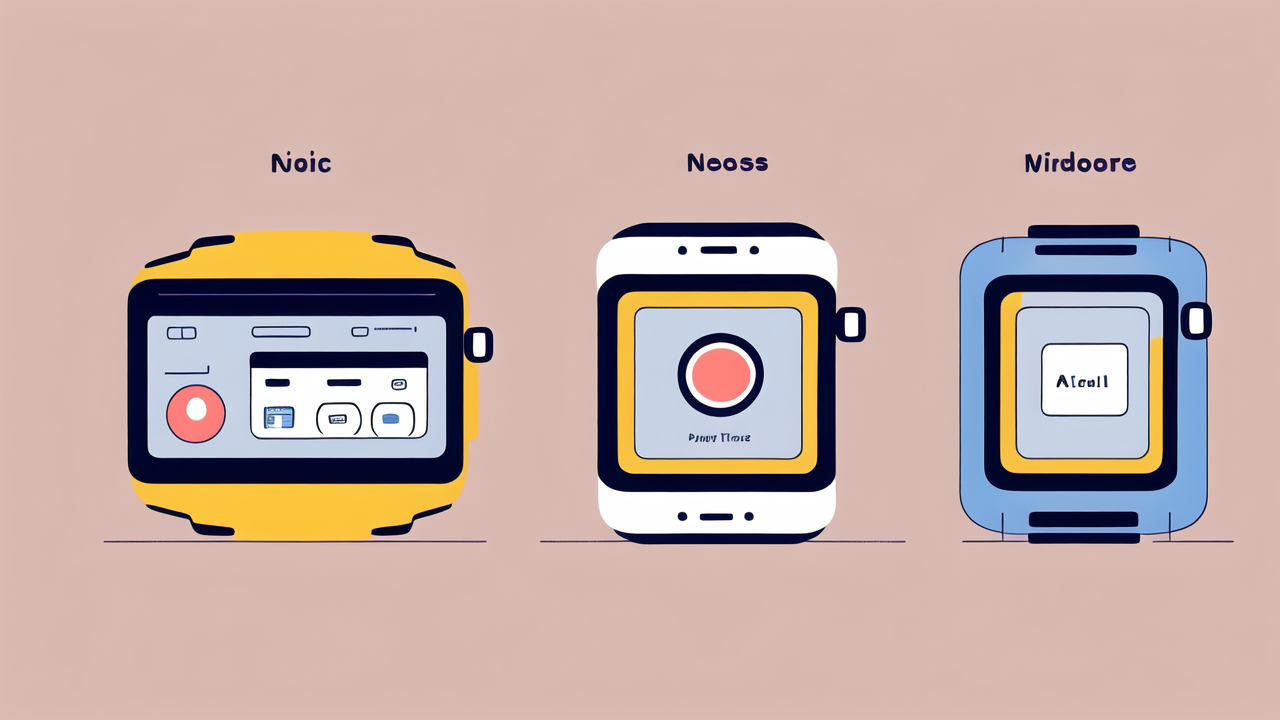Introduction to Body Measurement Tracking in Sports Watches
The Importance of Body Measurement Analysis for Athletes
Body measurement tracking is crucial for athletes. It helps them understand their performance better. These watches can track heart rate, steps, and calories burned. They also monitor sleep patterns and stress levels. This data allows athletes to make informed decisions about their training.

Athletes can use this info to adjust their workouts. They can see how their body responds to different exercises. This leads to more effective training sessions. It also helps prevent overtraining and injury. Body measurement analysis can show progress over time, which motivates athletes.
How Body Measurement Tracking Works
Sports watches use various sensors to track body measurements. Heart rate monitors use LED lights to detect blood flow. Accelerometers count steps and measure movement. GPS tracks distance and speed for outdoor activities.
Some watches have more advanced sensors. These can measure blood oxygen levels and skin temperature. The watch collects this data and sends it to an app on your phone. The app then analyzes the data and presents it in easy-to-understand charts and graphs.
Many watches also allow manual input of data. This can include weight, food intake, and mood. Combining all this info gives a complete picture of an athlete's health and fitness.
Top 5 Sports Watches with Body Measurement Features
Garmin Vivoactive 3: A Pioneer in Sports Watch Technology
The Garmin Vivoactive 3 is a top choice for athletes. It offers a wide range of body measurement features. The watch tracks heart rate, steps, and calories burned. It also monitors stress levels and sleep quality.

One standout feature is its VO2 max estimate. This measures the maximum amount of oxygen your body can use during exercise. It's a key indicator of cardiovascular fitness. The Vivoactive 3 also has built-in GPS for accurate distance tracking.
The watch is water-resistant and can track swimming activities. It has a long battery life, lasting up to 7 days in smartwatch mode. The Vivoactive 3 syncs with Garmin Connect, a comprehensive fitness app.
Polar A365: An Advanced Fitness Tracker for Sports Enthusiasts
The Polar A365 is another excellent option for body measurement tracking. It offers 24/7 heart rate monitoring using Polar's accurate optical sensor. The watch also tracks steps, calories, and sleep patterns.
A unique feature of the A365 is its Fitness Test. This measures your aerobic fitness at rest in just 5 minutes. The watch also provides personalized training guidance based on your activity levels.
The A365 is waterproof and can track swimming metrics. It has a color touchscreen display that's easy to read in sunlight. The battery lasts up to 4 days with continuous heart rate tracking.
Fitbit Charge 2: More Than Just a Watch for Fitness Aficionados
The Fitbit Charge 2 is a popular choice for body measurement tracking. It offers continuous heart rate monitoring and tracks steps, distance, and calories burned. The watch also monitors sleep stages and provides a Sleep Score.
One standout feature is the Cardio Fitness Score. This gives you an estimate of your VO2 max. The Charge 2 also offers guided breathing sessions to help manage stress.
The watch has a large OLED display that shows your stats clearly. It can automatically recognize and track various exercises. The battery life is impressive, lasting up to 5 days on a single charge.
Conclusion: The Impact of Body Measurement Tracking on Athletic Performance
Improving Training Regimens with Data-Driven Insights
Body measurement tracking has revolutionized how athletes train. The data from sports watches provides valuable insights. Athletes can see how their body responds to different workouts. This allows them to fine-tune their training for better results.

For example, heart rate data can show if an athlete is training in the right intensity zone. Sleep tracking can reveal if they're getting enough rest for recovery. Stress level monitoring can indicate when it's time to take a break.
These insights help athletes avoid overtraining and reduce injury risk. They can also use the data to set realistic goals and track their progress over time.
Understanding the Role of Wearables in Enhancing Health and Wellness
Wearables like sports watches do more than just track fitness. They play a crucial role in overall health and wellness. By monitoring various body measurements, they give users a complete picture of their health.
These devices can detect potential health issues early. For example, irregular heart rate patterns might indicate a problem. Some watches can even detect falls and call for help in emergencies.
Wearables also encourage users to be more active. They set daily step goals and send reminders to move. This can lead to better overall health and reduced risk of chronic diseases.
Future Trends in Body Measurement Tracking for Sports Watches
The future of body measurement tracking looks promising. We can expect to see even more advanced sensors in sports watches. These might include non-invasive glucose monitoring for diabetics.
Artificial intelligence will play a bigger role in data analysis. Watches may be able to predict potential injuries before they happen. They could also provide more personalized training recommendations.
Integration with other devices will likely improve. Your watch might communicate with smart home devices to adjust lighting and temperature for optimal sleep. The possibilities are endless as technology continues to advance.




Leave a comment
This site is protected by hCaptcha and the hCaptcha Privacy Policy and Terms of Service apply.